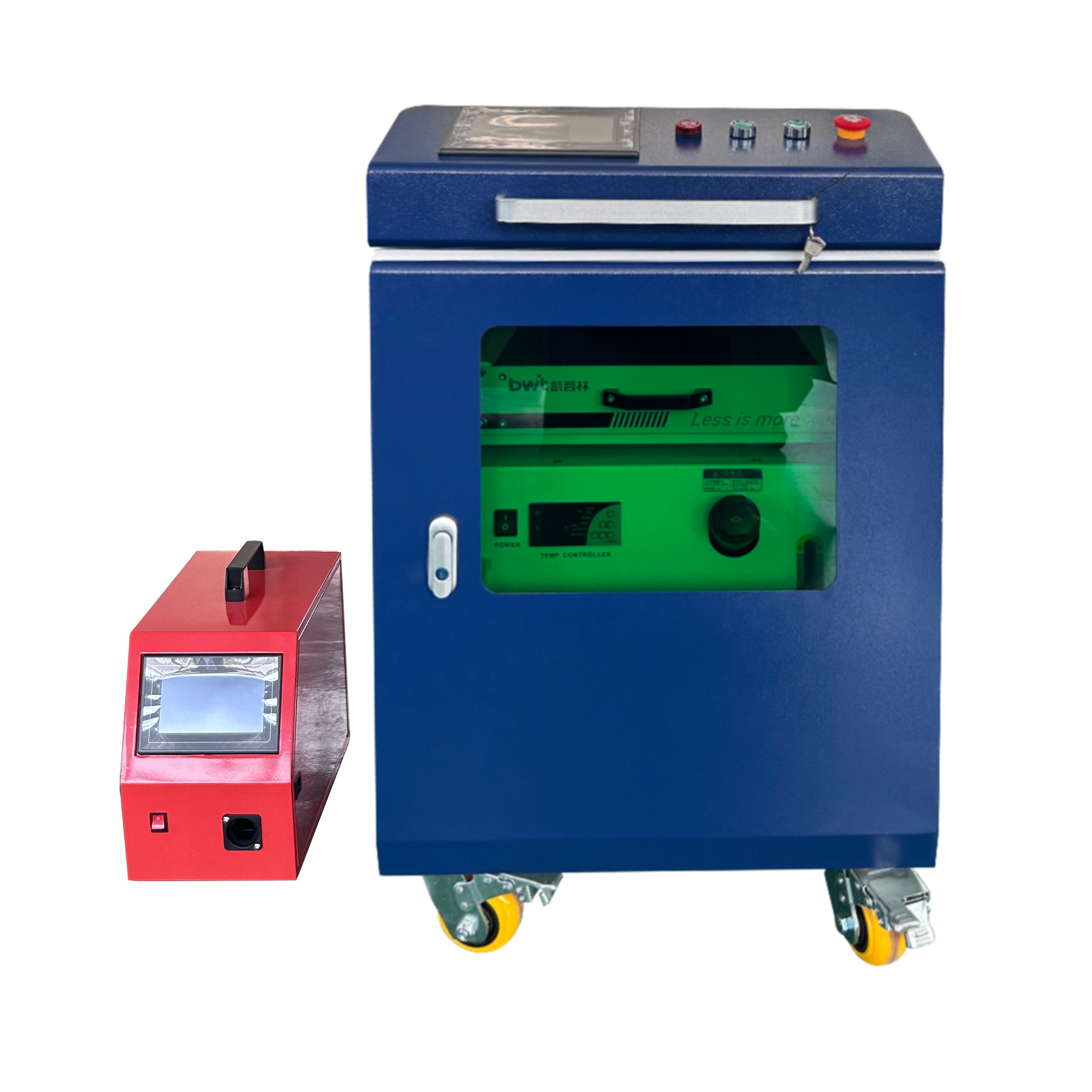Please Choose Your Language
Views: 0 Author: Site Editor Publish Time: 2025-06-06 Origin: Site











In the realm of modern manufacturing, the Laser Welding Machine stands out as a pivotal tool, offering unparalleled precision and efficiency. A common inquiry among professionals and enthusiasts alike is: How thick of metal can a laser welder weld? This comprehensive guide delves into the capabilities of laser welding machines, examining factors that influence welding thickness, providing data-driven insights, and addressing frequently asked questions.
The thickness of metal that a Laser Welding Machine can effectively weld is contingent upon several factors, including the machine's power output, the type of metal, and the specific welding application.
Laser Power Output: Measured in watts (W), higher power outputs enable deeper penetration into thicker materials.
Material Type: Different metals have varying thermal conductivities and reflectivities, affecting how they absorb laser energy.
Welding Speed: Slower welding speeds can allow for deeper penetration, especially in thicker materials.
Joint Design: The configuration of the joint (e.g., butt, lap, or fillet) can influence the effectiveness of the weld.
Beam Quality and Focus: A well-focused beam with high quality ensures efficient energy delivery to the weld zone.

The following table provides an overview of the maximum welding thicknesses achievable with different Laser Welding Machine power outputs across various metals:
| Laser Power | Stainless Steel | Carbon Steel | Aluminum | Copper |
|---|---|---|---|---|
| 1000W | Up to 3 mm | Up to 3 mm | Up to 2 mm | Up to 1 mm |
| 1500W | Up to 5 mm | Up to 6 mm | Up to 3 mm | Up to 2 mm |
| 2000W | Up to 6 mm | Up to 8 mm | Up to 4 mm | Up to 2.5 mm |
| 3000W | Up to 8 mm | Up to 10 mm | Up to 5 mm | Up to 3 mm |
Note: These values are approximate and can vary based on specific machine configurations and welding parameters.
Stainless steel is a commonly welded material due to its corrosion resistance and strength. Laser Welding Machines with power outputs ranging from 1000W to 3000W can effectively weld stainless steel thicknesses from 3 mm up to 8 mm.
Carbon steel's excellent absorption of laser energy makes it suitable for laser welding. Machines with 1500W to 3000W power can weld carbon steel up to 10 mm thick.
Aluminum's high reflectivity and thermal conductivity pose challenges in laser welding. However, with appropriate settings, Laser Welding Machines can weld aluminum up to 5 mm thick, especially when using higher power outputs like 3000W.
Copper's high thermal conductivity requires precise control during welding. Laser welders with 1500W to 3000W power can weld copper up to 3 mm thick, depending on the specific application and machine capabilities.
Precision: Laser welding offers high precision, making it ideal for intricate designs and applications requiring minimal distortion.
Speed: High welding speeds reduce production time and increase efficiency.
Versatility: Suitable for a wide range of metals and thicknesses.
Minimal Heat-Affected Zone (HAZ): Reduces the risk of material warping and preserves the integrity of the base material.
The maximum thickness depends on the Laser Welding Machine's power and the material being welded. For instance, a 3000W laser welder can handle up to 10 mm in carbon steel.
Yes, with appropriate power settings and machine configurations, laser welders can effectively handle thick materials, especially in industrial applications.
Laser welding offers deeper penetration with less heat input compared to traditional methods, allowing for efficient welding of various thicknesses with minimal distortion.
While laser welding is versatile, certain metals like aluminum and copper require specific settings due to their reflectivity and thermal properties.
Key considerations include the machine's power output, beam quality, cooling systems, and compatibility with the specific material and thickness requirements.
Laser Welding Machines have revolutionized the welding industry, offering precise, efficient, and versatile solutions for various materials and thicknesses. By understanding the capabilities and limitations of these machines, manufacturers and professionals can make informed decisions to optimize their welding processes.